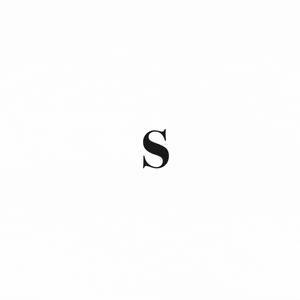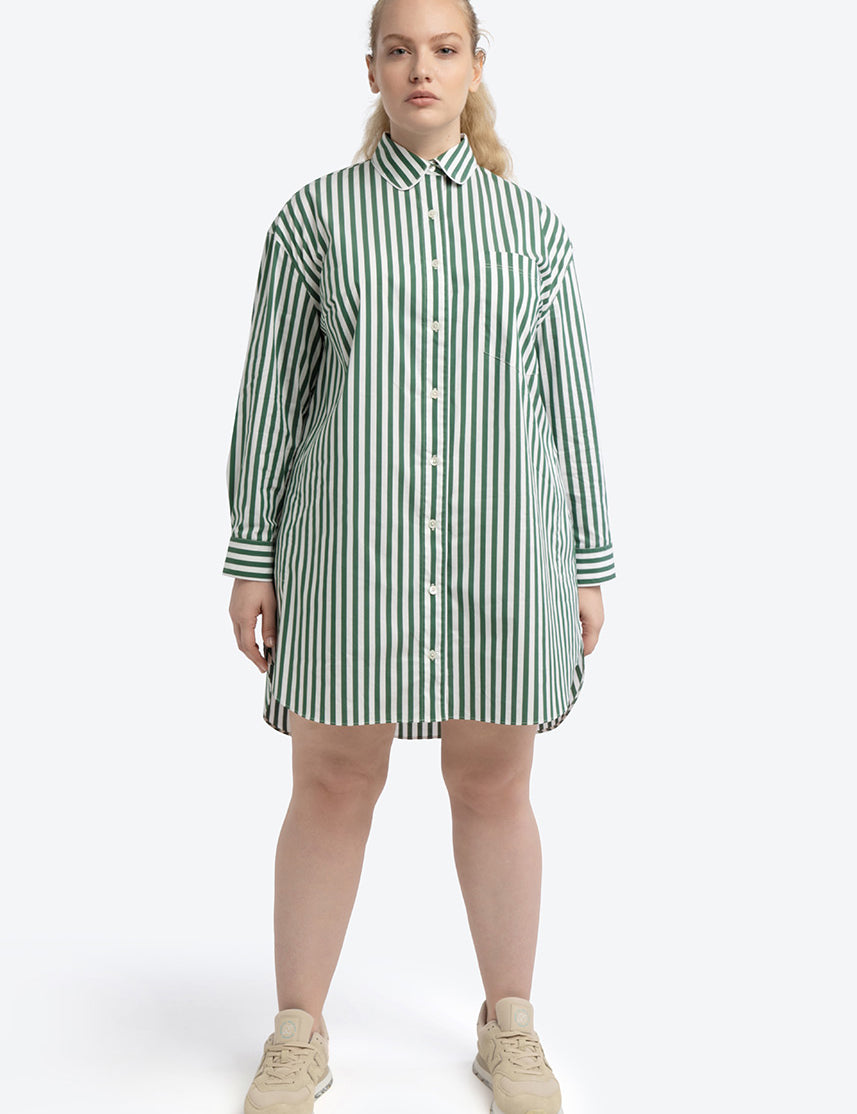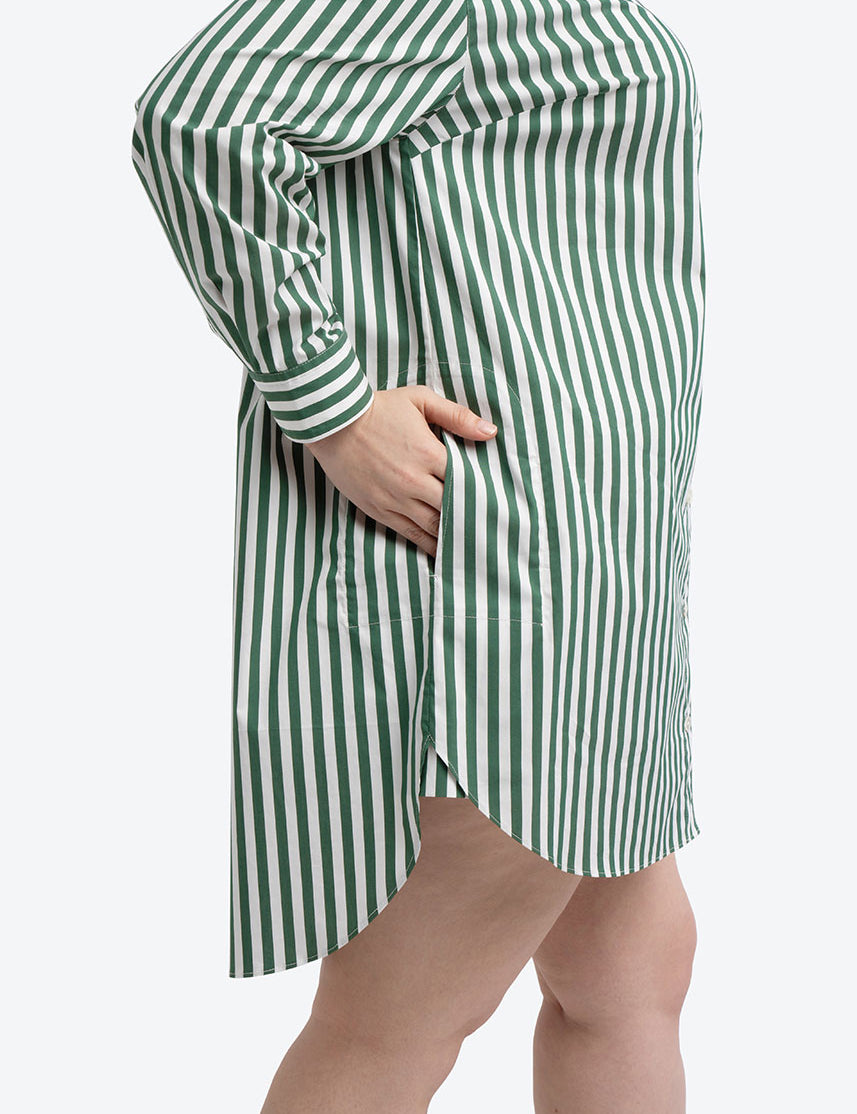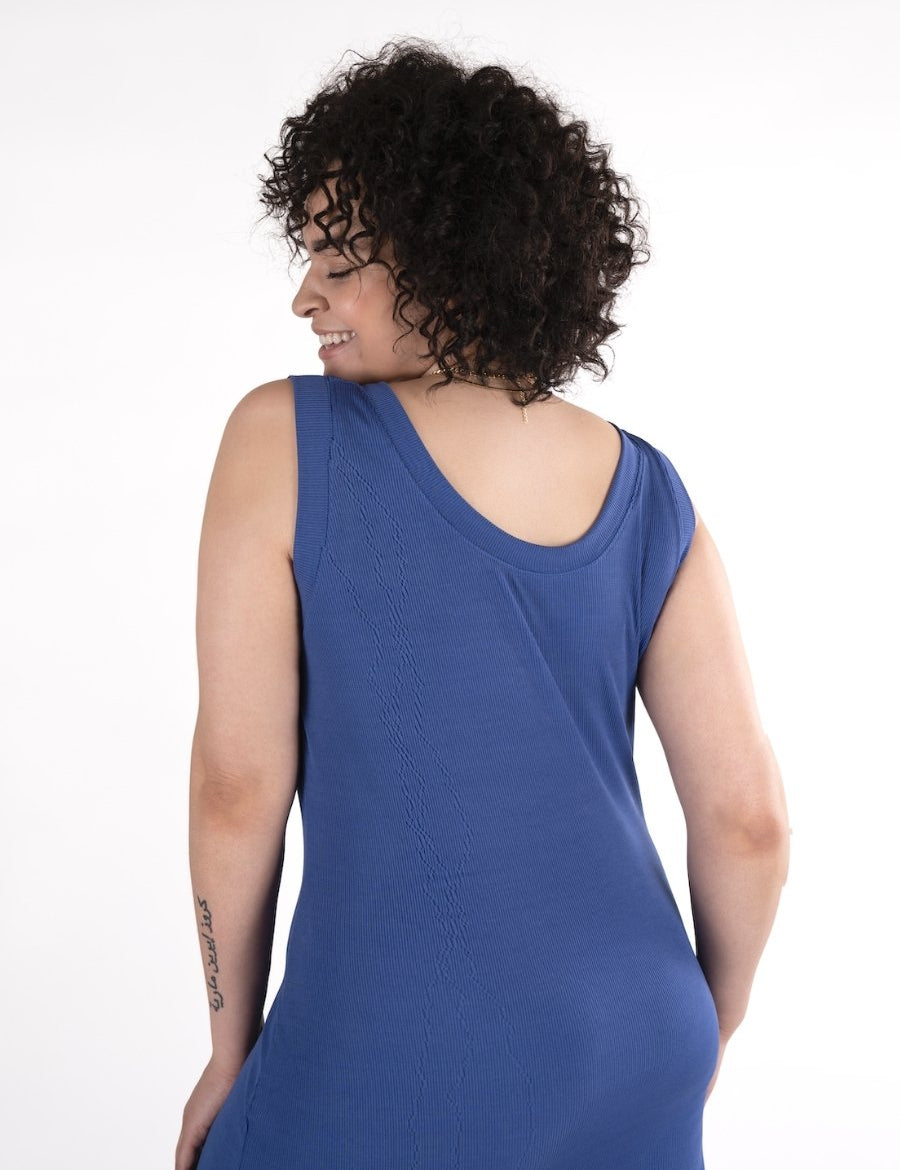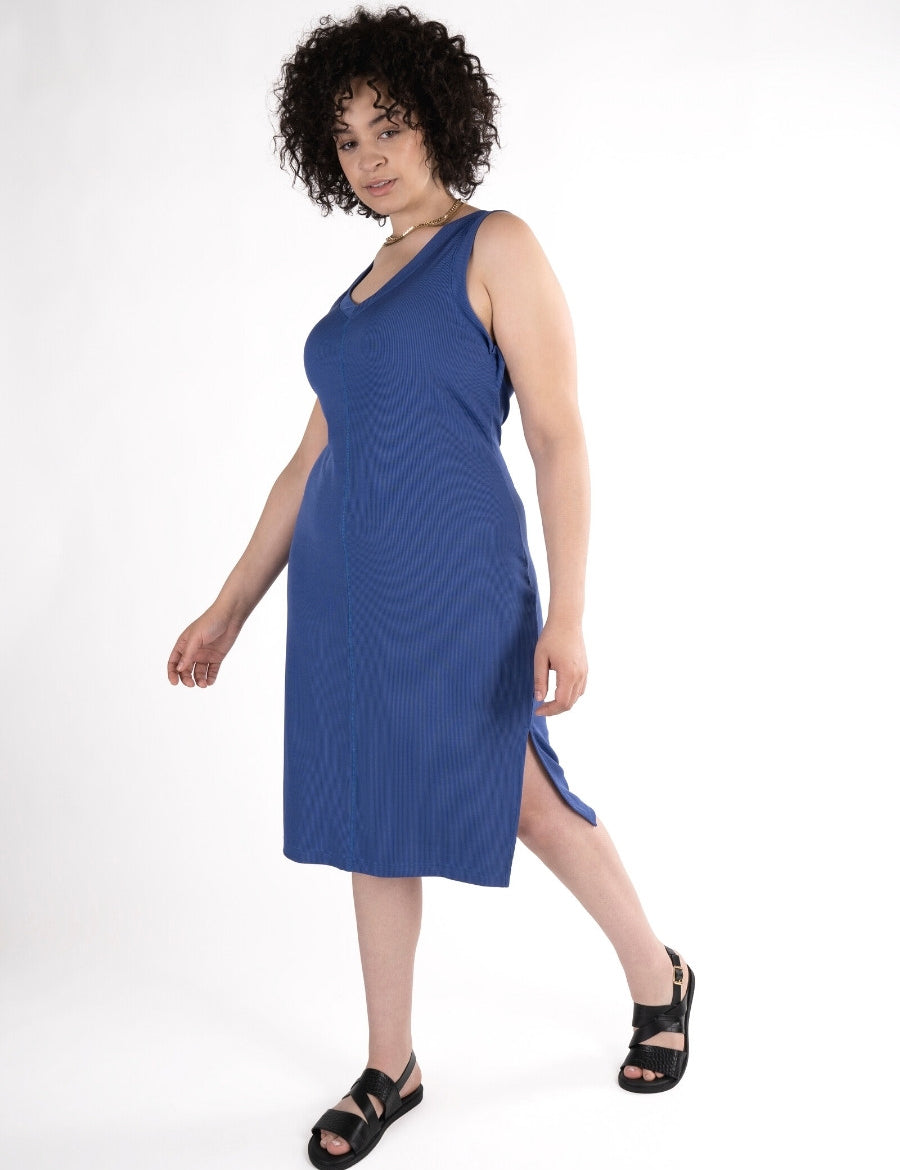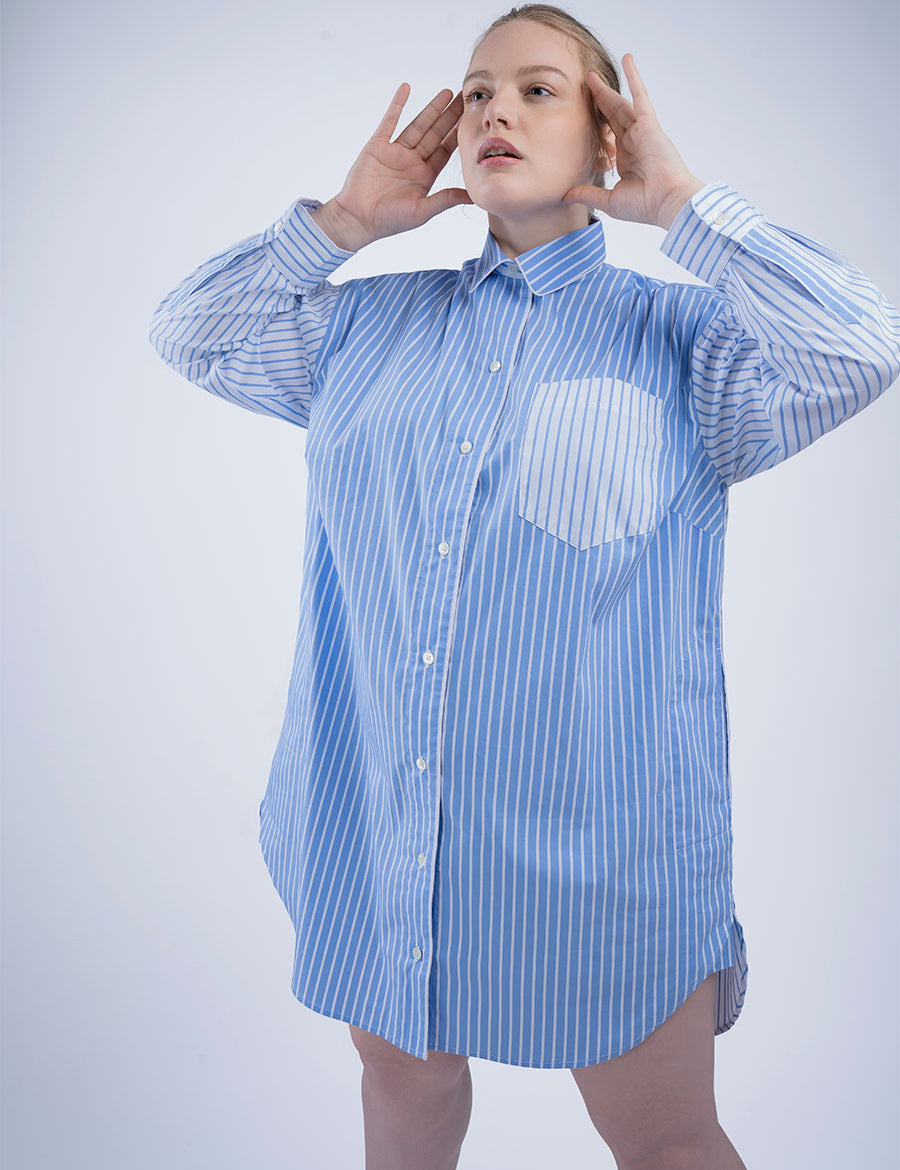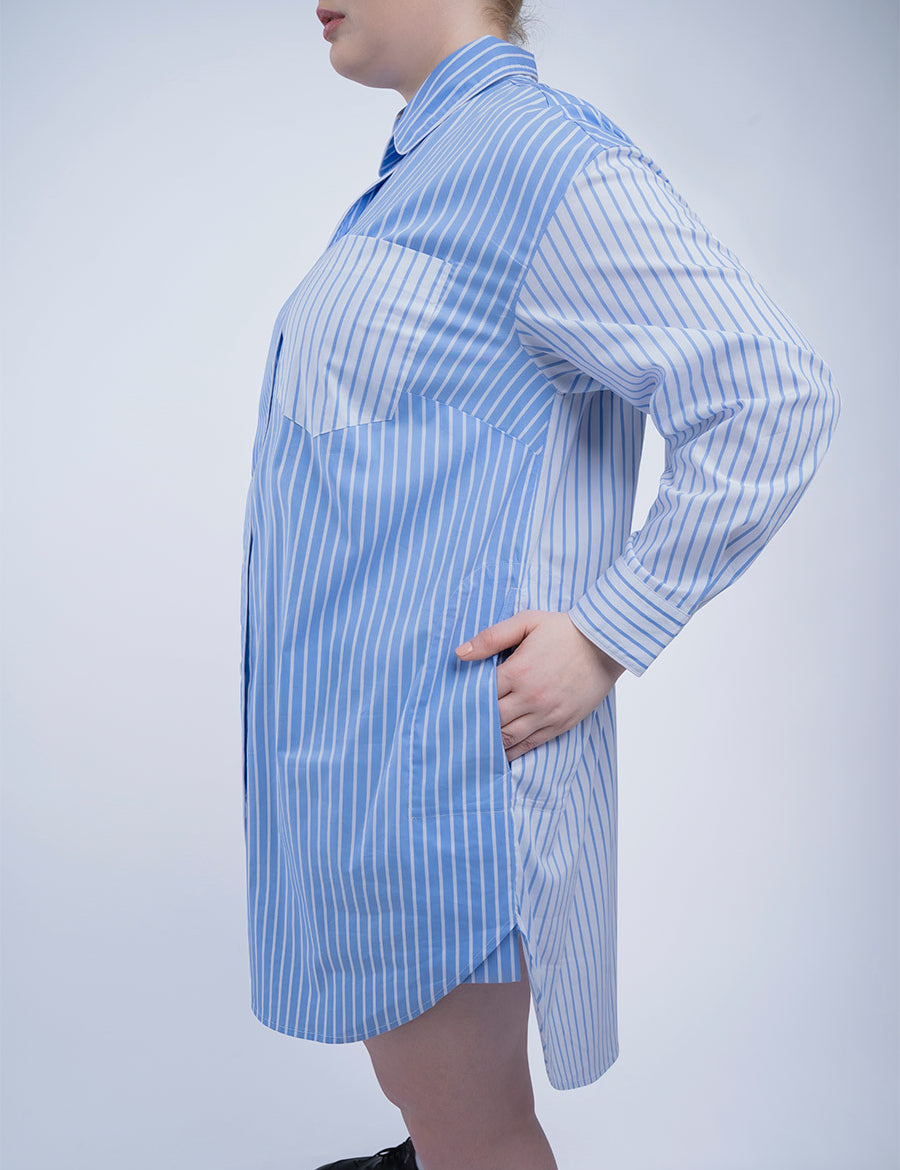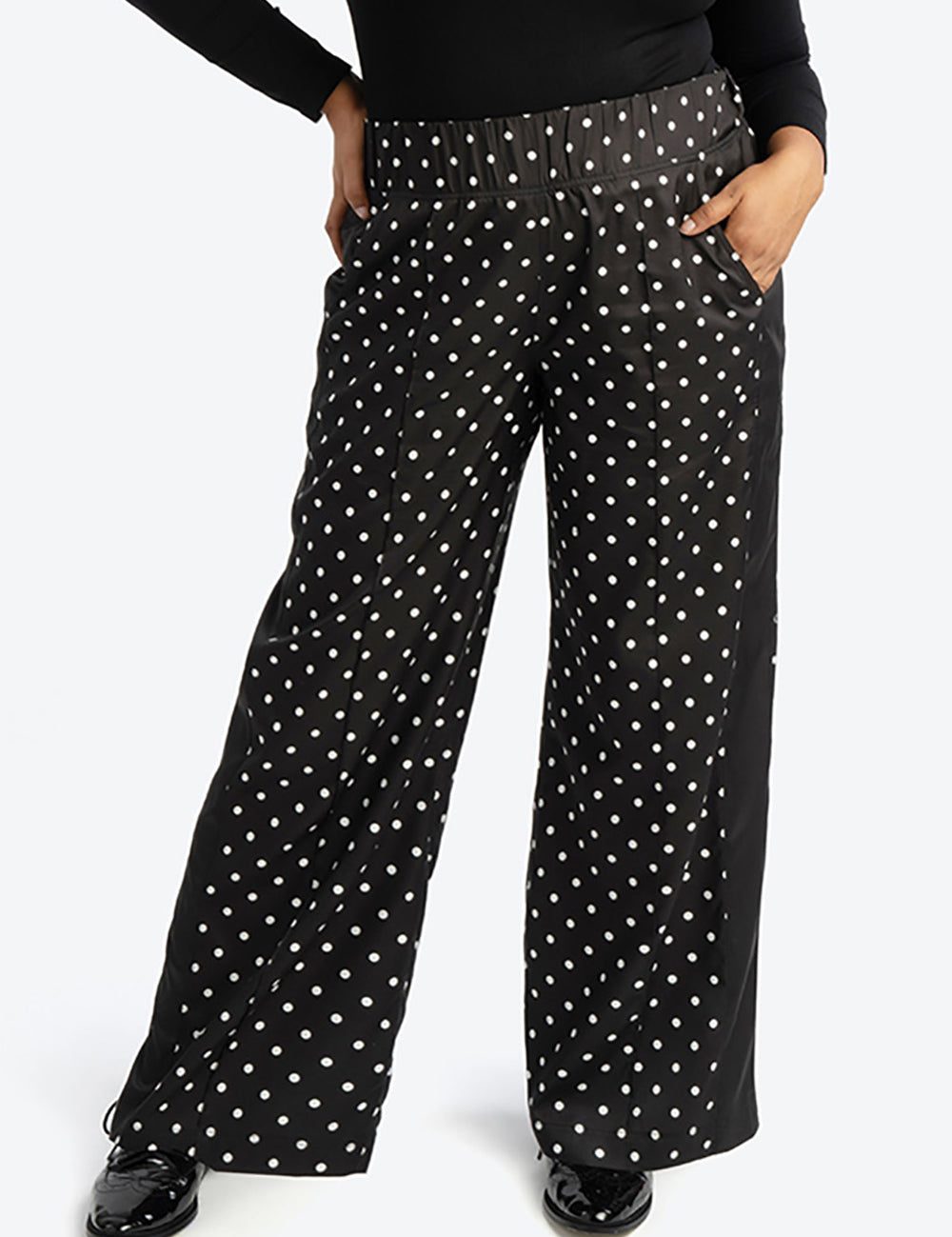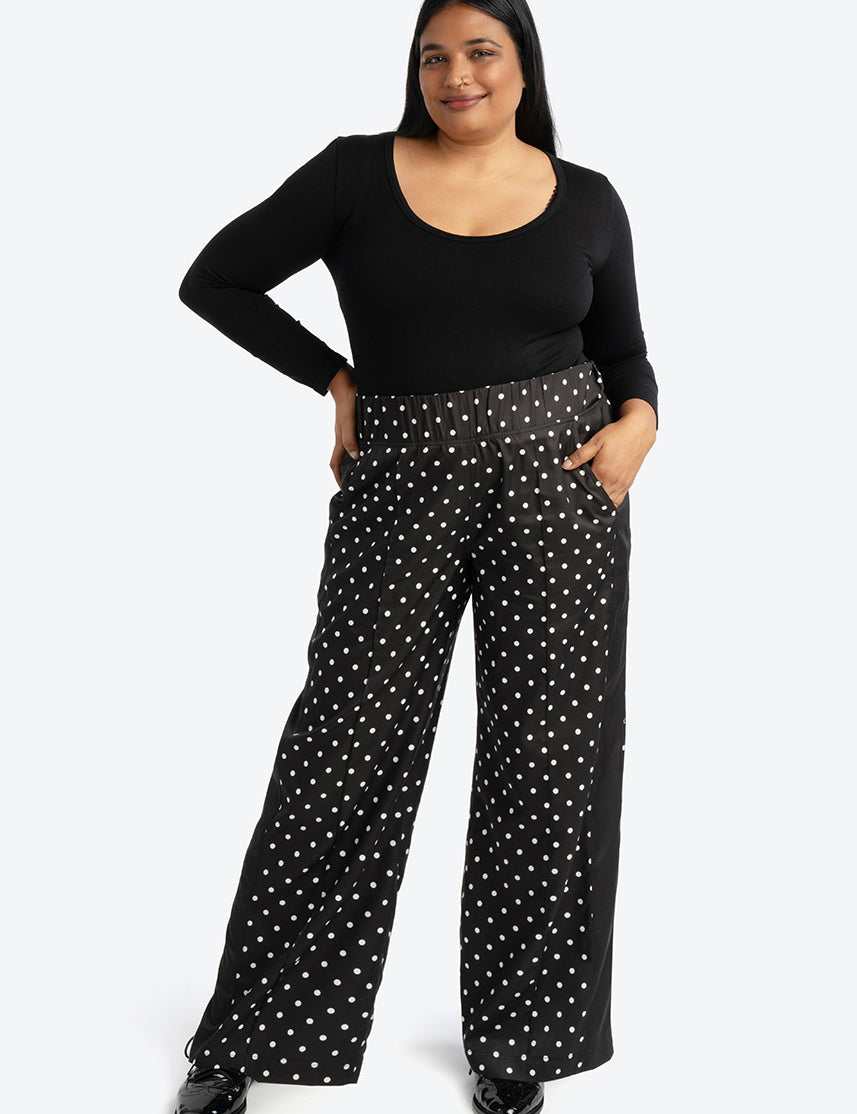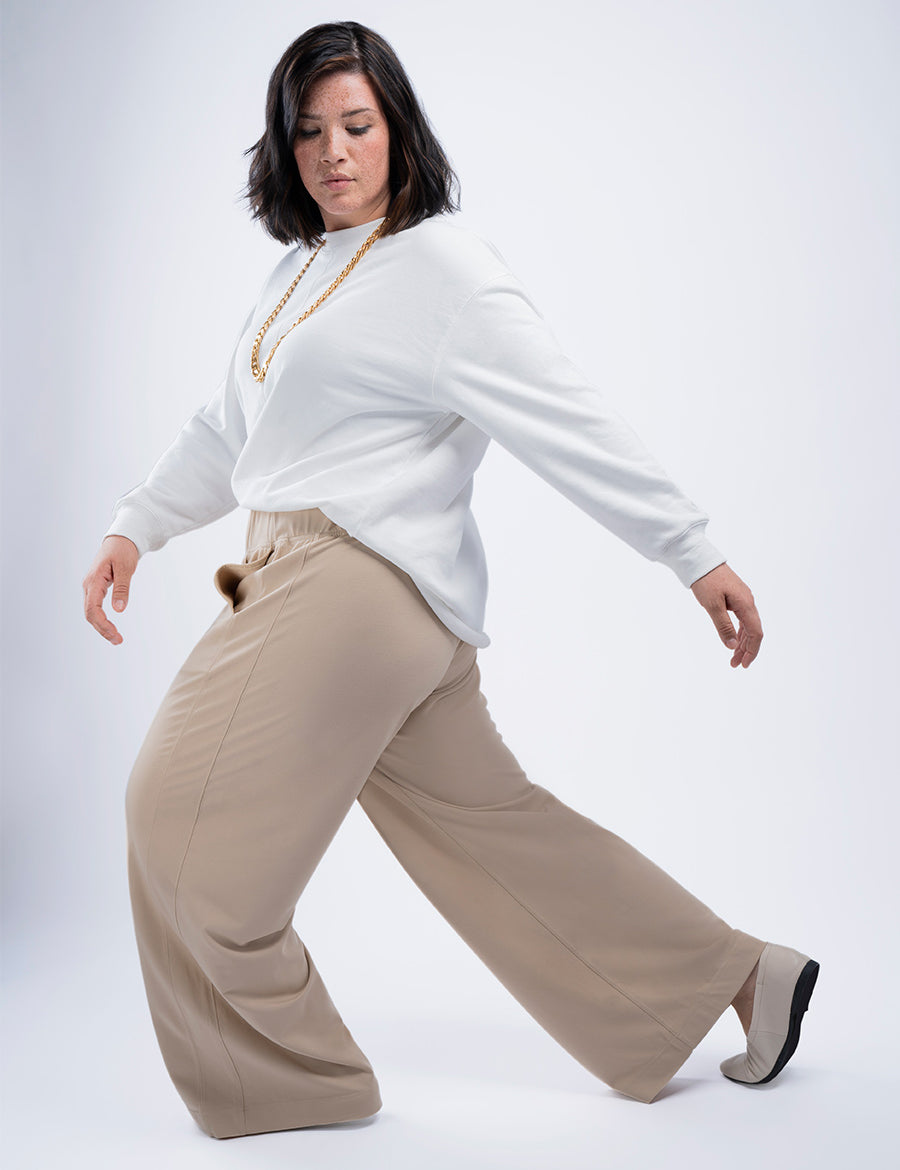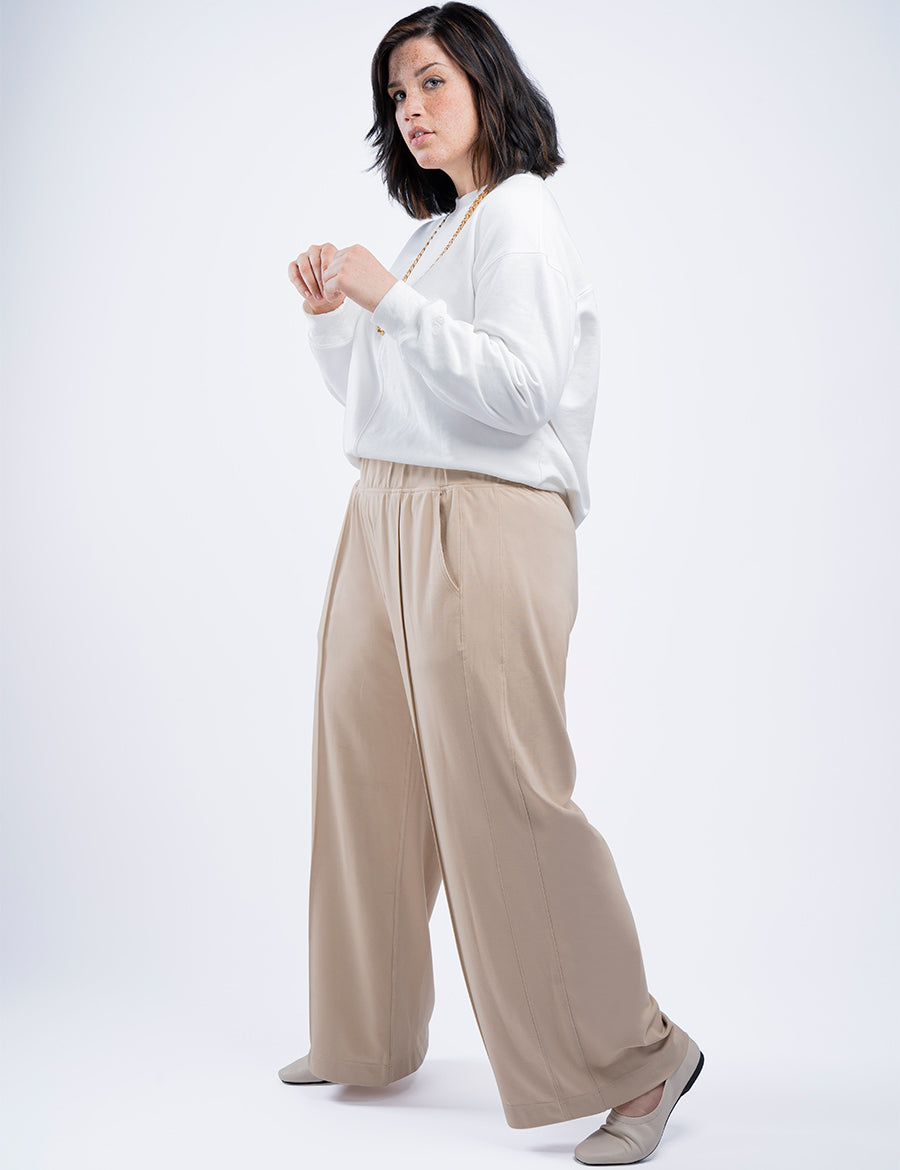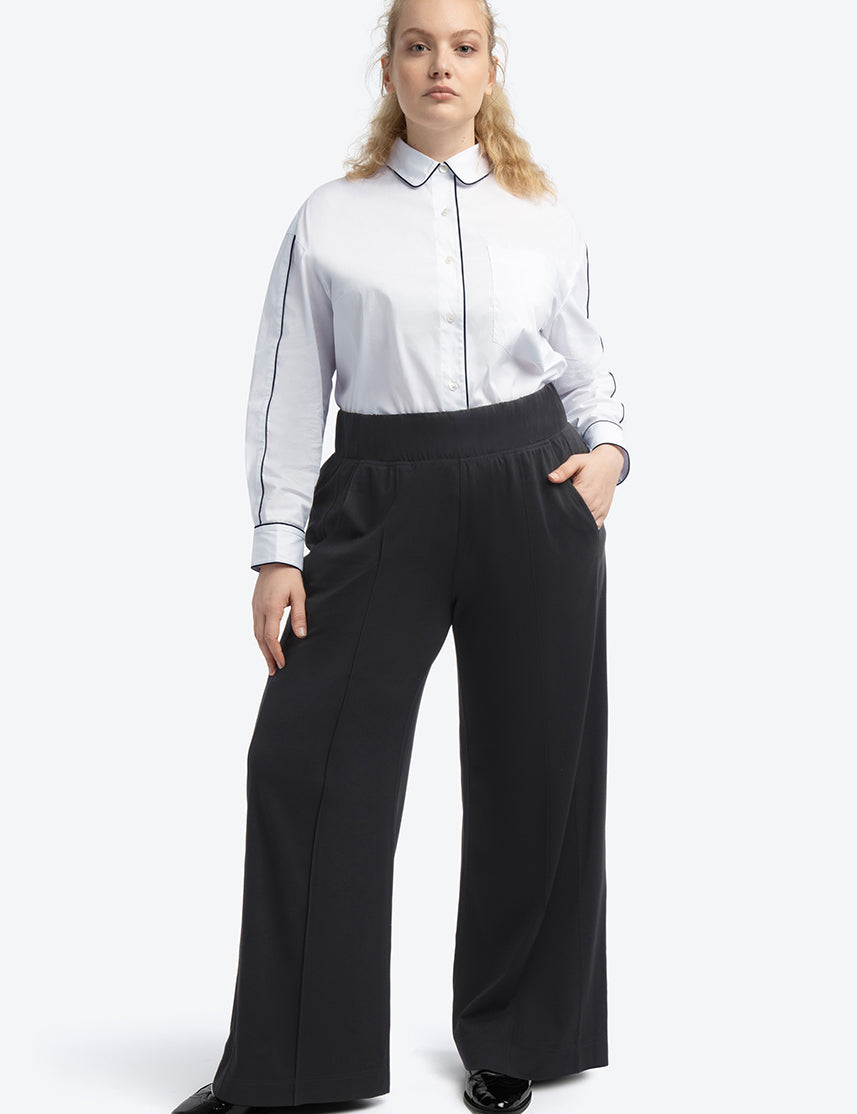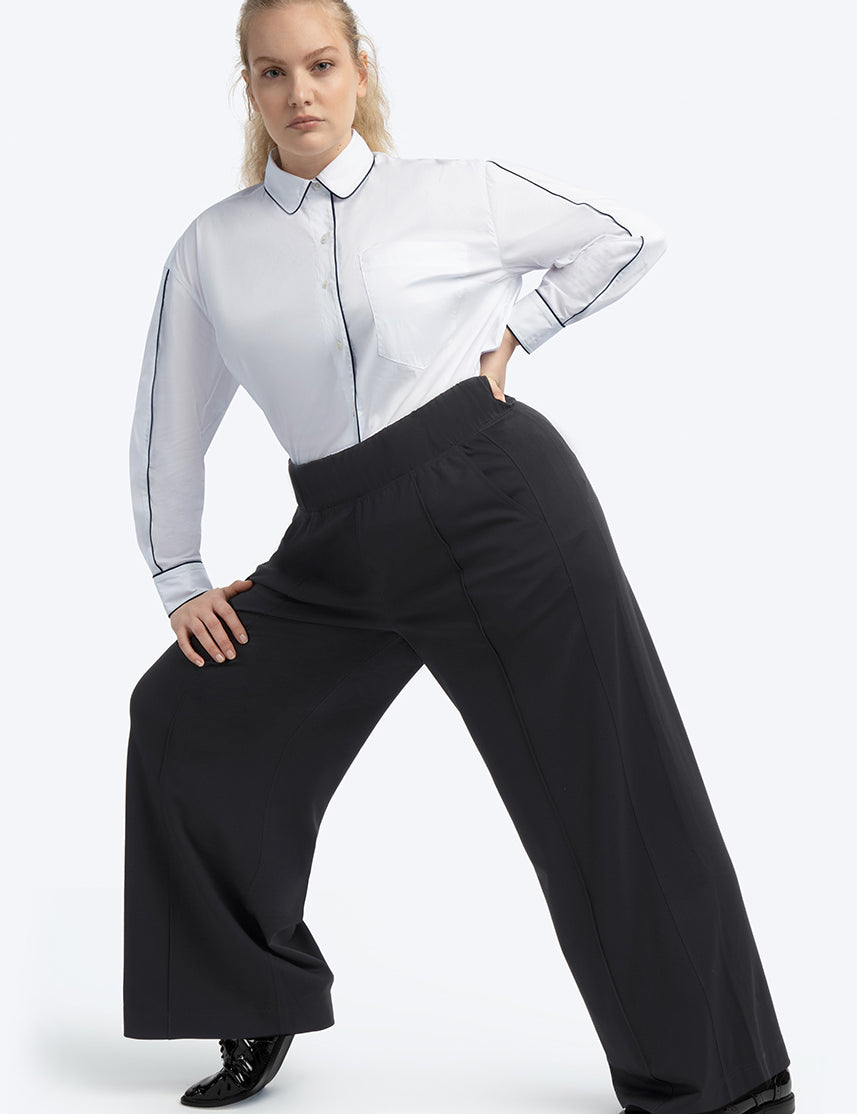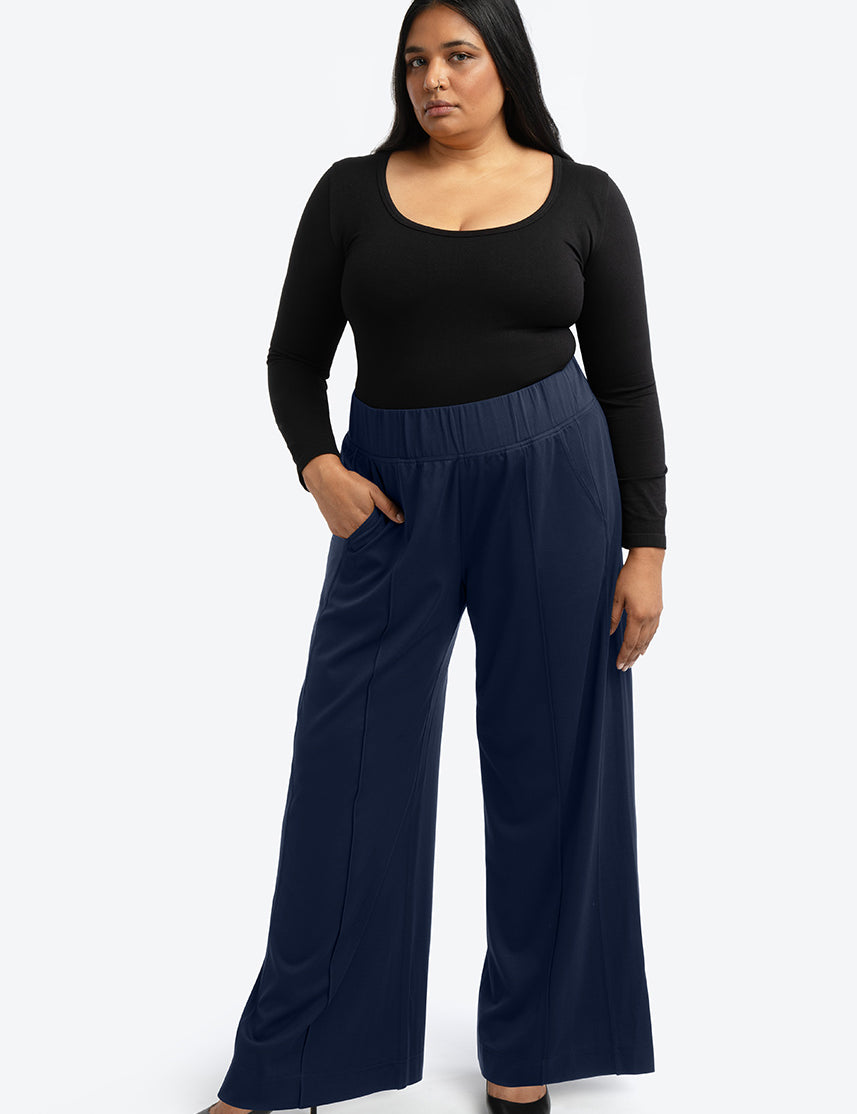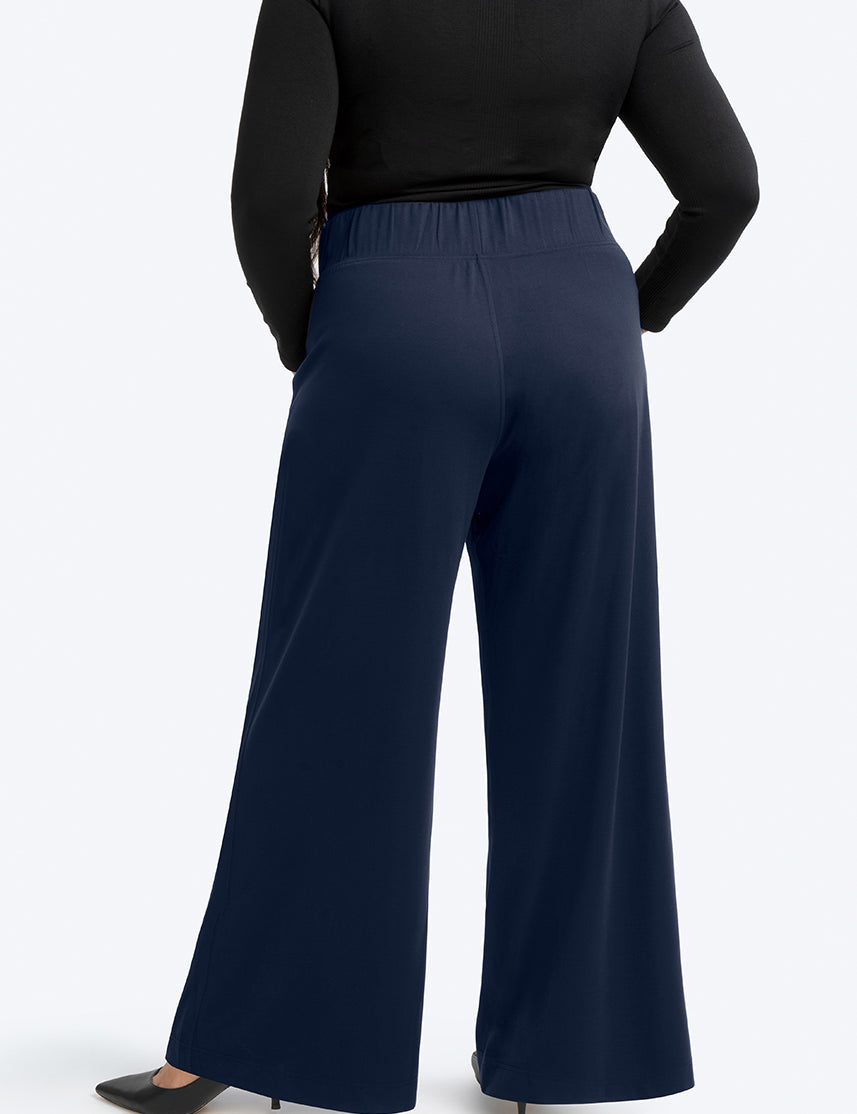The Power of the Pocket
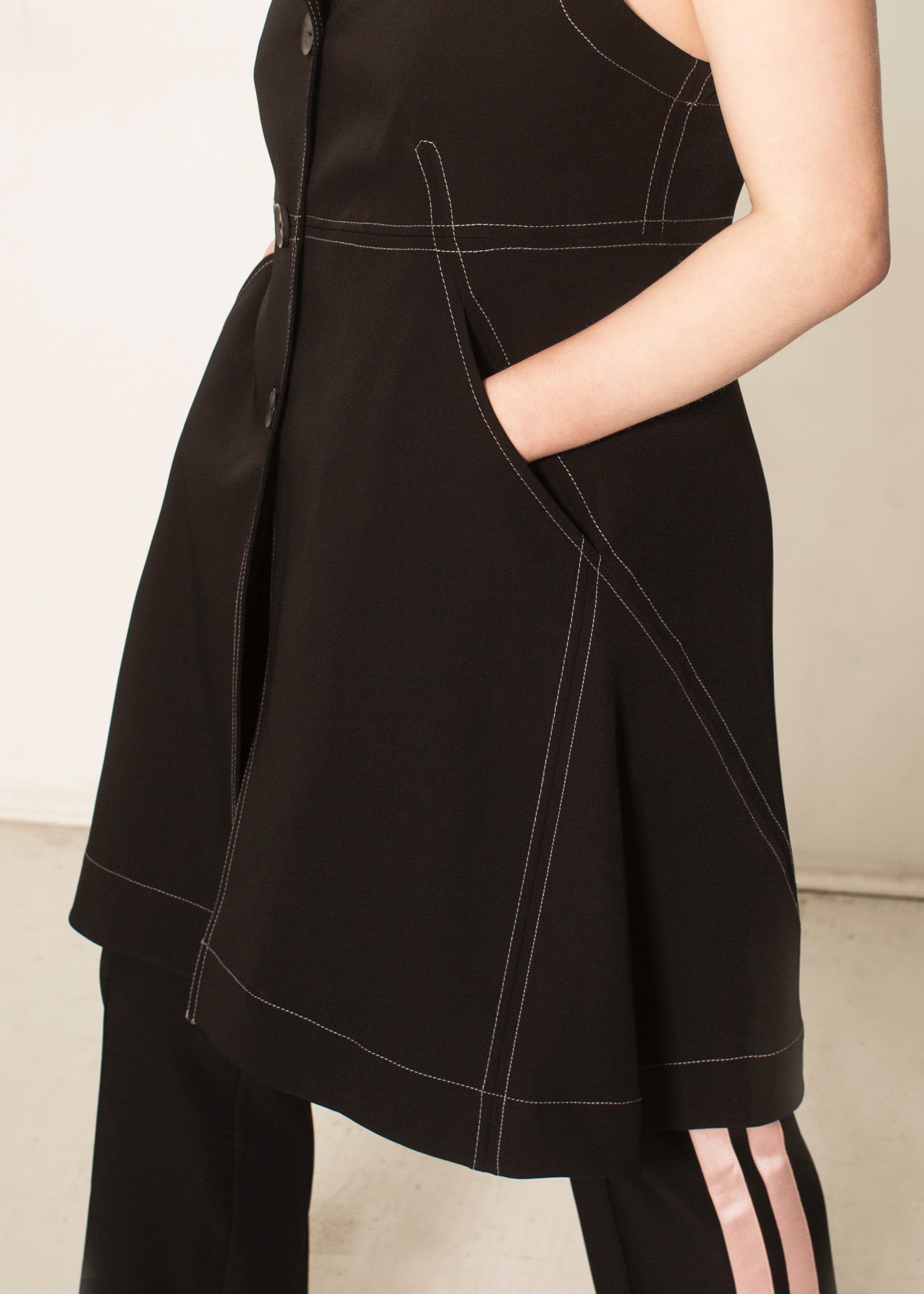
It can’t be denied; women love pockets. Why are we so pleasantly surprised when a garment has pockets? Our unwavering pocket love dates back generations. The history of pockets is full of politics, intrigue, independence and, of course, fashion.
In the beginning, both men and women carried a purse. During the Middle Ages, a little pouch would be attached to the waist suspended from belts (an early fanny pack!). The next evolution came with a move to urban living. These pouches could be sewn right into clothing, enabling the wearer to conceal the items they were carrying and keep them close to their body. Men’s jackets and women’s petticoats were outfitted with little slits which allowed access to your tied-on pouch directly through your clothing. The pocket was born!

However, unlike pockets on men’s clothing, which were easily accessible and sewn right into the linings of their coats, waistcoats and pants, women still had to rely on having separate pockets underneath their petticoats. In the 17th century, our pockets would be tied between the first and second petticoat, making our pockets not easily accessible in public.
As women’s fashion evolved, the hidden pocket slowly began to disappear as more figure-hugging dresses and minuscule decorative bags became the fashion. Holding next to nothing, the “reticule” bag wasn’t very functional beyond holding a handkerchief. At this point in history, the lack of pockets pointed directly to social standing, as women wouldn’t have direct access to money or property, and would therefore have no need for easy access to them.

Next up, beware the clandestine pockets of the French Revolution! It is believed pockets were outlawed from women’s clothing to keep women from covert operations concealing revolutionary material.
Fast forward to the turn of the 20th century and women’s rallies, equal rights, suffragettes! Pattern making instruction on how to sew your own pockets into your clothing became popular. In 1910, a six pocket ‘Suffragette suit’ was the height of women’s rebellious fashion. The emotion was building, where a simple element of design was more than function, the pocket was a symbol of independence!

By the end of World War II women had been wearing trousers and large pockets for years. But just as pockets were the new norm,women’s wear was hit with the iconic Christian Dior “New Look.” Women’s clothing became slimmer and slimmer, without room for pockets. It was Dior who said, “Men have pockets to keep things in, women for decoration.” No functional pockets meant the handbag industry boomed. Its a love / hate relationship with our handbag, essentials are indiscriminately thrown in, we waste time searching, wishing our bag had dedicated compartments for ease and function, like pockets! Since then, it’s been skinny jeans, tiny pockets, and bigger and bigger screens on our phones.

Knowing the history of the pocket saga helps to have a better understanding of its enchanting power and why we are drawn to it, delight in its discovery and search for them.
The desire for a pocket is due to their lack in quality (shallow or fake) and general scarcity in womenswear. Menswear seems to have all the functionality - the coin pocket, the breast pocket, the back pocket, the interior pocket. Women’s wear is catching up with smarter design, but the pocket remains elusive. The ultimate luxury pocket scenario is best exemplified in the ball gown wedding dress with pockets. What could possibly be the meaning of a pocket in a special-occasion, ultra-feminine wedding dress? There is an entourage to carry and accessorize, where every desire is attended to. The need for pockets seems moot.
Fundamentally, it’s now more than need, reason or function - its style, ease and attitude - because we can and we want them. We know why we love a good pocket.
To us, pockets are independence, freedom of movement and power.
0 comments
